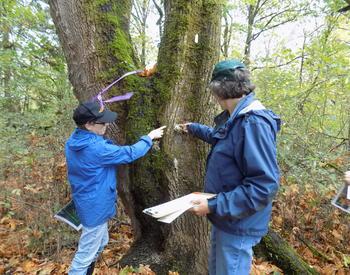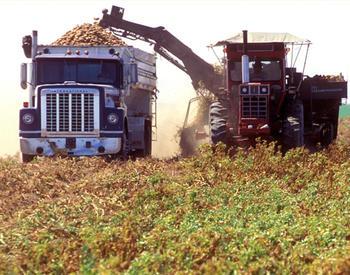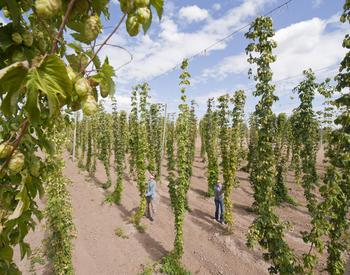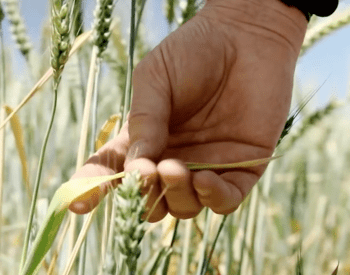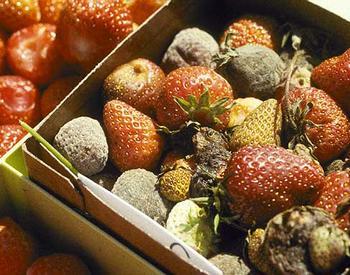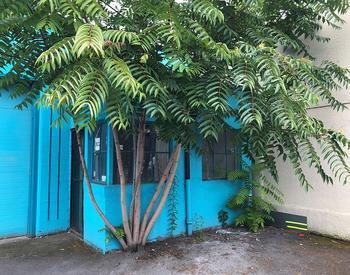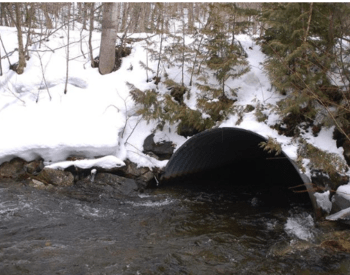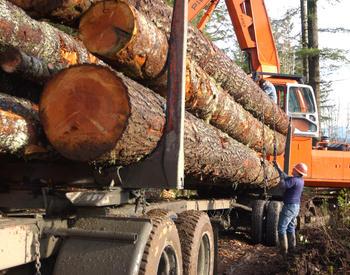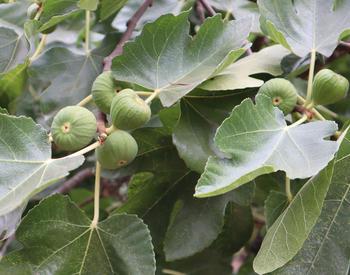When a storm comes through your forest, the damage is obvious. You’ll see broken limbs and tops and windthrown trees. Based on these physical, visible signs, you will know exactly where to target your clean up and harvest activities. But when insects and disease enter a forest, the damage isn’t always as obvious as that of a storm. The signs and symptoms can be inconspicuous at first, and by the time damage is visible, it might be too late to combat the issue. This can be especially challenging for landowners dealing with root diseases.
Root diseases in the Pacific Northwest
Root diseases affect all conifer species in the Pacific Northwest and are broadly recognized by professional foresters as being the most serious and difficult forest disease to identify, quantify, and manage. Root diseases are caused by fungi that harm trees by decaying and killing tree root systems (except for black stain root disease, which plugs water-conducting tissues leading to mortality). Trees affected by root diseases are often more susceptible to attacks by bark beetles and wood boring insects.
The majority of root disease damage in Oregon and Washington is caused by five root diseases:
- Laminated root rot
- Armillaria root disease
- Heterobasidion root disease
- Black stain root disease
- Port-Orford-cedar root disease.
Proper identification and early detection of root disease pockets in forests is key to successful treatment and effective management of affected areas into the future. Different root diseases will present a specific combination of symptoms unique to that disease, and depending on the host and causal fungi, treatment will vary as well. It can be difficult to learn how to recognize root diseases, as symptoms are not always present in tree crowns and may only be found by digging to expose roots for examination.
Root disease progression of symptoms
Trees affected by root disease will generally go through a similar progression of symptoms. First, height growth is reduced as demonstrated by the rounding of the tops, followed by needle loss which makes the crowns appear thin. Then foliage turns yellow, branches begin to die, trees produce a distressed crop of smaller than normal cones, and last, the tree dies.
Generally, root diseases will affect patches of trees (called root disease centers), instead of just one single tree, creating gaps in the canopy indicated by groups of dead, dying, and often windthrown trees. This differs from areas affected by bark beetles or windthrow, as in those areas, the downed trees and/or snags will all be at the same stage in the decay process (rather than on a wide spectrum, as seen with root disease). Visible above-ground symptoms only represent about half of the total area that is affected by root disease. However, in some situations, root diseases may only occur on individual scattered trees.
Root diseases spread through a forest slowly and persist on tree roots long-term – anywhere from 1 or 2 years to hundreds of years. They depend on connectivity between adjacent tree roots to transfer from tree root to tree root. The progression of the disease through a forest, and persistence of the fungi, depends on a number of factors, including tree species, stand density, and fungus species.
What to do about root disease
If you suspect that you have an area that may be affected by root disease, it is important to start by doing a survey to map the disease in the stand. Long term control of root disease fungi is challenging and varies depending on the tree species and fungal species present.
The two primary strategies to manage forest root diseases are:
- To remove the pathogen
- To limit its means of spreading, and reduce pathogen survival.
Managing root disease by limiting the means of spreading means breaking up that contact between healthy and infected trees. This can be done through thinning and removing stumps. You can also plant and manage resistant or immune species between root disease pockets and healthy trees.
Root diseases can be sneaky, which is why it is important for you to be familiar with the tree species in your forest and the overall health of your forest. Incorporate monitoring for insects and disease into your forest management plan. You could do this on the ground (hiking or driving) or by looking at updated satellite imagery of your property (through a platform such as Google Earth). If you notice an area in decline, ground truth it and try to determine what’s causing it. If you’re stumped, reach out to your consulting forester or your local Extension forester for assistance. The earlier you catch an issue like root disease, the better you can manage for it into the future.
To learn more about identification and management for specific root diseases in the Pacific Northwest, visit the Know Your Forest Learning Library Forest Health page. You can also download the very helpful publication Managing Insects and Diseases of Oregon Conifers (EM 8980) from the OSU Extension Catalog.
